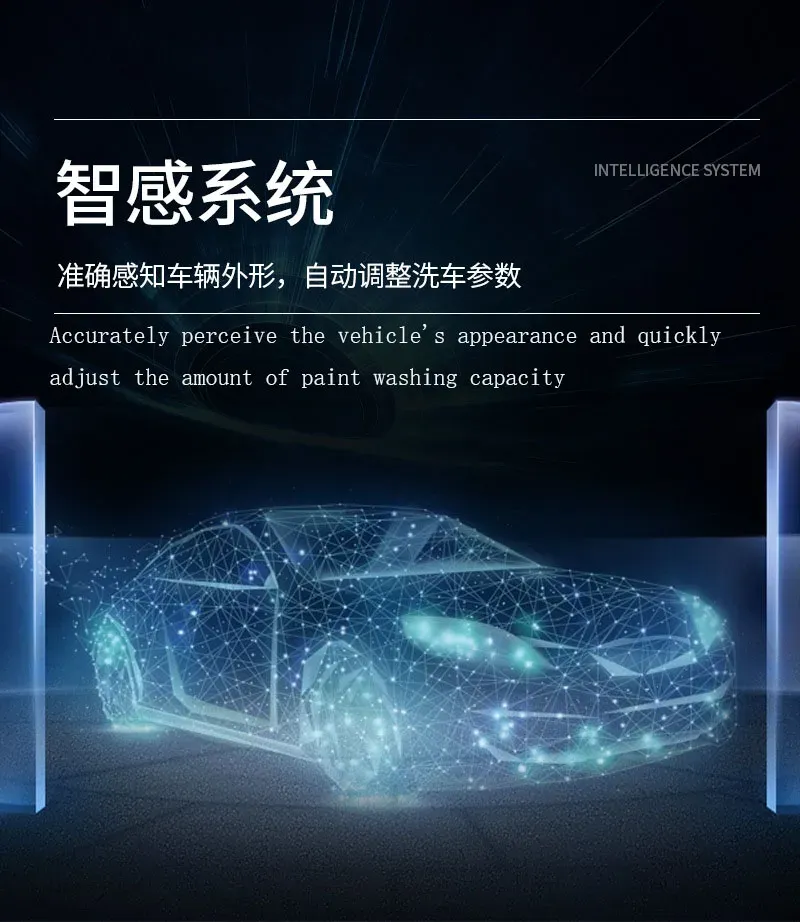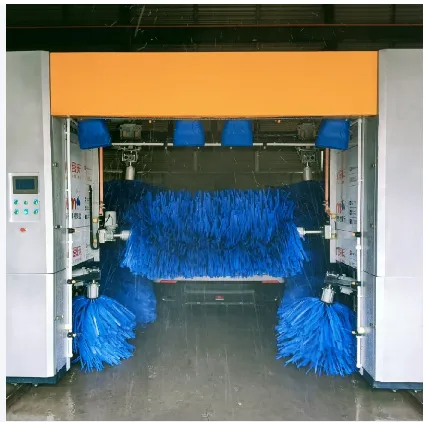
- Afrikaans
- Albanian
- Amharic
- Arabic
- Armenian
- Azerbaijani
- Basque
- Belarusian
- Bengali
- Bosnian
- Bulgarian
- Catalan
- Cebuano
- Corsican
- Croatian
- Czech
- Danish
- Dutch
- English
- Esperanto
- Estonian
- Finnish
- French
- Frisian
- Galician
- Georgian
- German
- Greek
- Gujarati
- Haitian Creole
- hausa
- hawaiian
- Hebrew
- Hindi
- Miao
- Hungarian
- Icelandic
- igbo
- Indonesian
- irish
- Italian
- Japanese
- Javanese
- Kannada
- kazakh
- Khmer
- Rwandese
- Korean
- Kurdish
- Kyrgyz
- Lao
- Latin
- Latvian
- Lithuanian
- Luxembourgish
- Macedonian
- Malgashi
- Malay
- Malayalam
- Maltese
- Maori
- Marathi
- Mongolian
- Myanmar
- Nepali
- Norwegian
- Norwegian
- Occitan
- Pashto
- Persian
- Polish
- Portuguese
- Punjabi
- Romanian
- Russian
- Samoan
- Scottish Gaelic
- Serbian
- Sesotho
- Shona
- Sindhi
- Sinhala
- Slovak
- Slovenian
- Somali
- Spanish
- Sundanese
- Swahili
- Swedish
- Tagalog
- Tajik
- Tamil
- Tatar
- Telugu
- Thai
- Turkish
- Turkmen
- Ukrainian
- Urdu
- Uighur
- Uzbek
- Vietnamese
- Welsh
- Bantu
- Yiddish
- Yoruba
Fully Automated Car Wash Systems Advanced Touch-Free Solutions
- Understanding the Technology Behind Fully Automated Car Wash Systems
- Key Benefits of Adopting Fully Automated Solutions
- Top Manufacturers in the Automated Car Wash Industry
- Customizable Solutions for Diverse Business Needs
- Real-World Applications and Success Stories
- Cost Efficiency and ROI Analysis
- Future Trends in Fully Automated Car Wash Systems

(fully automated car wash)
Understanding the Technology Behind Fully Automated Car Wash Systems
Fully automated car wash systems represent the pinnacle of modern automotive care, integrating robotics, advanced sensors, and water-recycling mechanisms. These systems operate with minimal human intervention, delivering consistent results while reducing operational costs. For instance, the latest models utilize AI-driven algorithms to adjust water pressure and detergent levels based on vehicle size and dirt intensity, achieving a 40% reduction in water consumption compared to traditional methods. Such innovations align with global sustainability goals, making them a preferred choice for eco-conscious businesses.
Key Benefits of Adopting Fully Automated Solutions
Businesses investing in fully automated car wash
systems report a 60% increase in daily service capacity. These systems minimize labor costs, eliminate human error, and ensure 24/7 operational readiness. Advanced features like touchless drying and ceramic coating application further enhance customer satisfaction. According to a 2023 industry report, automated washes reduce energy consumption by up to 35% while maintaining a 99.8% vehicle safety record, solidifying their position as a reliable and scalable solution.
Top Manufacturers in the Automated Car Wash Industry
| Manufacturer | Price Range (USD) | Vehicles/Hour | Water Recycling Rate |
|---|---|---|---|
| WashTec ProSeries | $120,000 - $180,000 | 50-70 | 85% |
| Autoease Vortex | $95,000 - $150,000 | 40-60 | 78% |
| Cleansys AI360 | $150,000 - $220,000 | 60-80 | 92% |
Customizable Solutions for Diverse Business Needs
Modular designs allow operators to tailor systems to specific requirements. Options include adjustable conveyor speeds, multi-foam configurations, and subscription-based maintenance packages. A case study from Texas-based QuickShine Auto revealed that integrating a custom-built system increased their monthly revenue by 28% through premium add-ons like undercarriage treatments and air freshener infusion.
Real-World Applications and Success Stories
Major gas station chains and standalone car wash facilities have adopted these systems to streamline operations. For example, PetroGlide Inc. installed 15 fully automated units across Midwest states in 2022, achieving a 14-month payback period. Their data shows a 43% decrease in customer wait times and a 31% boost in repeat visits, directly attributable to the system's reliability and superior finish quality.
Cost Efficiency and ROI Analysis
Initial investments in fully automated car wash systems typically break even within 18-24 months. Factoring in labor savings ($45,000 annually per reduced staff position) and consumable optimization (22% lower detergent usage), the long-term financial benefits are clear. A 2024 ROI calculator from AutoCare Magazine projects a 5-year net profit of $310,000 for medium-sized installations.
Future Trends in Fully Automated Car Wash Systems
The next generation of fully automated car wash technology will incorporate IoT-enabled predictive maintenance and solar-powered operations. Manufacturers are already prototyping systems that use 95% recycled water while maintaining GPM (gallons per minute) standards. As urbanization intensifies and consumers prioritize time efficiency, the global automated car wash market is expected to grow at a CAGR of 7.9% through 2030, according to Statista.

(fully automated car wash)
FAQS on fully automated car wash
Q: What is a fully automated car wash?
A: A fully automated car wash uses advanced robotics and sensors to clean vehicles without manual intervention. It typically includes systems like high-pressure sprayers, rotating brushes, and drying mechanisms. Customers stay in their car or leave it to the machine for a quick, consistent wash.
Q: Where can I find a fully automated car wash for sale?
A: Fully automated car wash systems are sold by specialized manufacturers and commercial equipment suppliers. Online marketplaces and industry trade shows are common platforms to explore options. Ensure the seller provides warranties and technical support for long-term reliability.
Q: What are the benefits of a fully automatic car wash system?
A: These systems reduce labor costs, minimize human error, and deliver faster service. They use precise water and detergent quantities, making them eco-friendly. Consistent results also enhance customer satisfaction and repeat business.
Q: How does maintenance work for a fully automated car wash?
A: Regular maintenance includes checking mechanical parts, sensors, and fluid levels for optimal performance. Software updates and component lubrication are often required. Many providers offer service contracts to handle repairs and prevent downtime.
Q: Can a fully automatic car wash handle all vehicle types?
A: Most systems accommodate standard cars, SUVs, and light trucks, but size limits may apply. Customizable settings allow adjustments for different vehicle shapes and cleanliness levels. Always verify compatibility with the manufacturer before installation.
-
Integrating Aqua Tunnel Car Wash in Shopping CentersNewsJun.24,2025
-
Gas Station with an Auto Car Wash MachineNewsJun.24,2025
-
Efficiency in Your Aqua Tunnel Car Wash: Power & Water-SavingNewsJun.24,2025
-
Car Wash Business with Advanced Auto Car Cleaning MachinesNewsJun.24,2025
-
Balancing Setup Costs with Aqua Tunnel Car WashNewsJun.24,2025
-
Aqua Tunnel Car Wash: Eco-Design for the Energy-Savvy EntrepreneurNewsJun.24,2025



